There are many reasons why the Yiddish language was in decline after the first generation of Jews settled into the East Side. The older generation was sad to see the last of their culture and language slipping away.
But against all the odds, Yiddish is making a comeback. Young people are keen to explore their history and, along with it, the language that their recent ancestors brought with them from Europe to the New world.


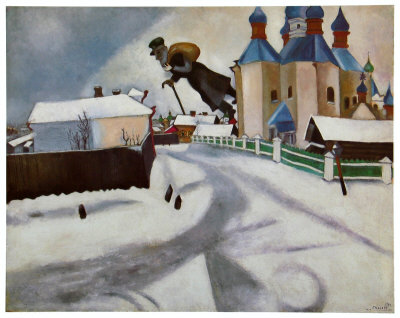
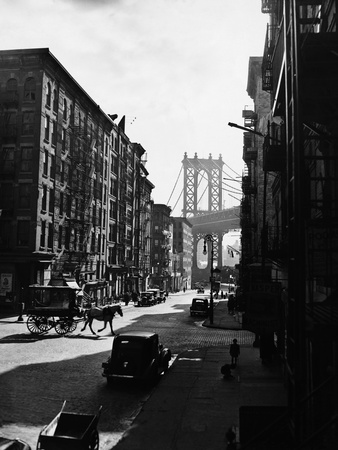
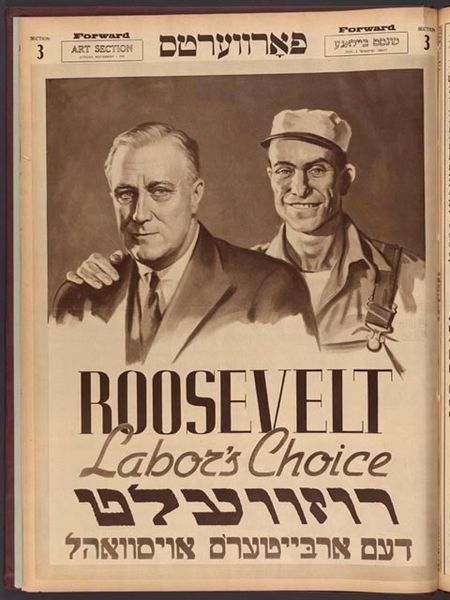



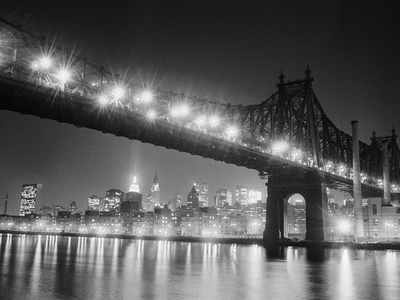






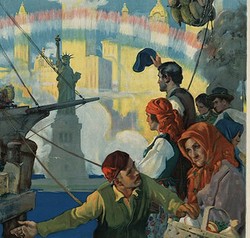

 How to Choose a Walking Cane or Stickon 08/01/2014
How to Choose a Walking Cane or Stickon 08/01/2014
 Michael Miller Fabulous Fabric Swatches for Quilting, Crafts etcon 07/02/2014
Michael Miller Fabulous Fabric Swatches for Quilting, Crafts etcon 07/02/2014
 The Drama of Life in the Rock Poolon 06/08/2014
The Drama of Life in the Rock Poolon 06/08/2014
 The Flâneur - Symbol of Modernity in 19th Century Parison 05/09/2014
The Flâneur - Symbol of Modernity in 19th Century Parison 05/09/2014
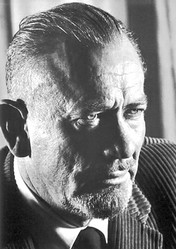
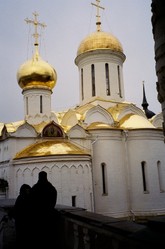
Comments
Listened to the video, it's wonderful! Very Dramatic and Moving!
Yes - so many languages are being lost and along with them goes the culture, the stories, etc. But fortunately there always seems to be some amazing people who work to retrieve them, with some success!
This is fantastic, culture and its language roots are such a treasure. Anytime I speak in my Scottish accent my daughters are intrigued and yet so few of us express our native way of speech, I'm thrilled Yiddish may be on the rise, coming back.